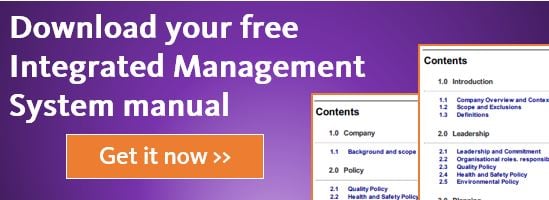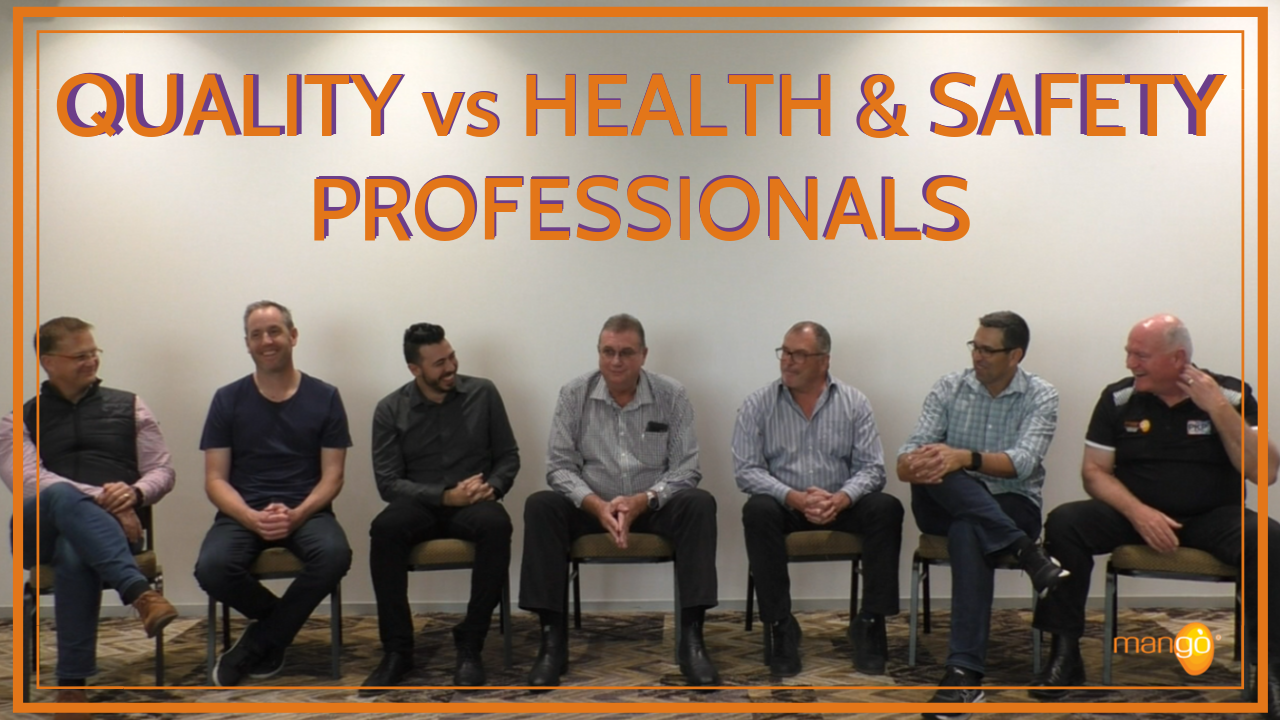You've done your stage 1 audit, now is the time for your on-site certification audit.
You may have spent hours and hours creating your quality management system. You may have captured all sorts of quality records like;
- Internal audit reports,
- Management review minutes,
- Training records,
- Improvement forms,
- Calibrations records,
- Approved supplier lists,
- Product check sheets,
- Job cards,
- Traveller forms
You have also had your stage 1 audit. All this now builds for a 3rd party (your Certification Body (CB) organisation to come and visit and audit your quality management systems.
A stage 2 audit follows a set process.
Prior to the audit (about 2 weeks prior) the CB will send through an audit plan for the time they are onsite. This will typically be structured around the ISO 9001 clauses. They will request certain people to be available at certain times. Make sure your staff are available in their time allotment.
On the day of the audit the auditors will call for an opening meeting. The attendees you should invite to this meeting will be the heavy hitters in the Quality Management System. This will be representatives from top management and the Compliance Manager (or someone of a similar title). This meeting sets the scene for the auditors to ensure everyone understands the objectives of the audit, the ground rules that are in place and the plan for conducting the audit.
Next the auditors will follow their plan as previously sent out. However, to conduct the audit the auditors need to see evidence of you quality management system in action. To do that they need to talk to staff. They need to listen to your senior managers demonstrating leadership. They need to poke around your organisation and measure a level of commitment and compliance to your system.
External auditors are trained to seek the truth. To do that they will ask your staff open questions. They will ask:
- “Show me where you keep records of that process”.
- “Tell me what happens when an error occurs?’
- “Let me see the why is it done that way?’
- “How could it be done better?”
- “Show me how you were trained when doing this job?”
- “Tell me what maintenance is done on this equipment.”
During the audit the auditors will be highlighting issues and discussing whether some are non-conformances or opportunities for improvements (OFIs). The auditors tread a fine line here because they aren’t permitted to consult. I have previously blogged on this issue here: http://www.mangolive.com/blog-mango/external-compliance-audits-top-tips-for-success
At the end of the audit the auditors will call for a closing meeting. The attendees at the opening meeting should also attend the closing meeting. It is best practise that all non-conformances and OFIs are discussed in the meeting. I have seen some auditors report non-conformances that were never reported at any point in the audit. This behaviour should be reported to the Management of the CB.
After the onsite audit the auditors will create an audit report summarising their findings. These will be the non-conformances and the OFIs.
Here at Mango our onsite stage 2 audit was conducted by a single auditor over one day. We are a small company with 11 employees and 20 reseller partners that are based all around the world. As we used our online QHSE software Mango, the auditor had viewed much of the QMS from his office before he had set foot in our office. The auditor said that this saved him a lot of time so that he could spend more time talking to our staff and less time on the administration stuff that sometimes bogs audits down. Things like searching filing cabinets for files, travelling (or walking) long distances to see records or waiting for staff to turn up to see records filed somewhere on their desk, just waste so much time and effort. All this time wasting just sucks. I want value from my audits. Value that could help my business be more productive or make more money.
Takeaways
- Ensure that your CB gives you an audit plan a couple of weeks before the audit.
- Make sure your key staff are involved in the opening meeting.
- Discuss the non-conformances during the audit. Don’t wait till the audit closing meeting. You don’t want surprises.
- Have the same staff in the closing meeting as they are in the opening meeting.
- If non-conformances are reported in the audit report that weren’t mentioned in the closing meeting send the audit report back and complain to the CB management.
View previous blogs in this series "How to Implement a QMS and Achieve ISO 9001 Certification":
How to Implement a QMS and Achieve ISO 9001 Certification - Part 1: Introduction
How to Implement a QMS and Achieve ISO 9001 Certification - Part 2: Customer Focus
How to Implement a QMS and Achieve ISO 9001 Certification - Part 3: Leadership
How to Implement a QMS and Achieve ISO 9001 Certification - Part 4: Engagement of People
How to Implement a QMS and Achieve ISO 9001 Certification - Part 5: Process Approach
How to Implement a QMS and Achieve ISO 9001 Certification - Part 6: Improvement
How to Implement a QMS and Achieve ISO 9001 Certification - Part 7: Evidence Based Decision Making
How to Implement a QMS and Achieve ISO 9001 Certification - Part 8: Relationship Management
How to Implement a QMS and Achieve ISO 9001 Certification - Part 12: Clause 5.2 Policy
How to Implement a QMS and Achieve ISO 9001 Certification - Part 15: Clause 6.2 Objectives
How to Implement a QMS and Achieve ISO 9001 Certification - Part 16: Clause 7.1 Resources
How to Implement a QMS and Achieve ISO 9001 Certification - Part 27: Clause 9.2 - Internal Auditing
How to Implement a QMS and Achieve ISO 9001 Certification - Part 28: Clause 9.3 - Management Review
How to Implement a QMS and Achieve ISO 9001 Certification - Part 29: Clause 10 - Improvement
.png?width=200&height=51&name=image%20(2).png)





